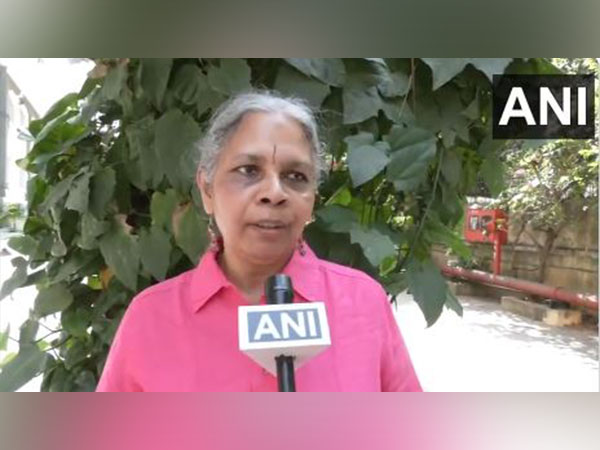
Will contribute to capacity building, boost confidence: Indian Institute of Astrophysics Director on Aditya L1 mission

Bengaluru (Karnataka) [India], January 6 (ANI): Soon after the Indian Space Research Organisation (ISRO) injected Aditya-L1 Solar Mission into its destination orbit on Saturday, the Director of the Indian Institute of Astrophysics, Annapurni Subramaniam, called it a “big milestone.”
“This is a 1.5 million kilometres away operation. We are doing it for the first time. This will give us a lot of capacity building and also confidence to do things which are a first time. So we always do it the first time and are successful. So this is once again, proving that we can do it. Because we have done enough homework to do it correctly,” Subramaniam said.
The Director said that now that the solar observatory has reached its intended destination, it can start operating all the science instruments.
“We have reached the L1 point, the spacecraft is inserted into the Halo orbit. So this is a big milestone in the phase of Aditya L1…Now we’ll be ready to open and start operating all the science instruments. We look forward to opening the performance verification phase and the science results coming from all the instruments from Aditya L1…,” Subramaniam said speaking to ANI on Aditya-L1 entering Halo Orbit.
On the probability of having futuristic missions after Aditya L1’s success, she said, “We can have futuristic missions which can travel farther and can do more complex operations like this. So we will be doing many more in the future. I wish all the success to ISRO.”
Meanwhile, speaking on ISRO’s Aditya-L1 entering Halo Orbit, Space Scientist and astronomer RC Kapoor explained that the Halo Orbit is perpendicular to the line of sight towards the Sun which will enable the observatory to study the sun throughout the sun.
“There is a solar exclusion zone which is about 5 degrees. So we placed our satellite in Halo orbit. This halo orbit is perpendicular to the line of sight towards the sun. So in moving in that orbit, our satellite is always looking at the sun. So 24 hours a day and all the days of the year, it is going to observe the Sun,” Kapoor said.
Kapoor said that while it is an incredible feat for ISRO, it is also a remarkable achievement for the payloads aboard Aditya L1.
“For ISRO reaching L1 and placing a satellite in an orbit around it is remarkable. It’s for the first time. The second thing is, for all Indian institutions that have payloads on Aditya L1, it is also the first time,” he said.
Kapoor explained that all these instruments that are aboard Aditya L1 are already tested and functional and have even detected X-ray flares on the Sun.
“This is because their instruments are already tested and functional and they have already started giving some important data. They have detected X-ray flares on the sun, they have taken the pictures and ultraviolet light in different filters and also measure the charge particles densities and velocities coming from the sun- these are electrons, protons, helium nuclei,” the space scientist said.
In a significant scientific milestone, ISRO on Saturday injected Aditya-L1 spacecraft – the first dedicated solar mission – into its final destination orbit. Aditya-L1 reached Lagrange Point L1, about 1.5 million km from earth.
The PSLV-C57.1 rocket carrying the Aditya-L1 orbiter lifted off successfully from the Satish Dhawan Space Centre in Sriharikota, Andhra Pradesh, in September.
The successful launch of the maiden solar mission of the Indian Space Research Organisation (ISRO) came on the heels of the historic lunar landing mission — Chandrayaan-3. (ANI)



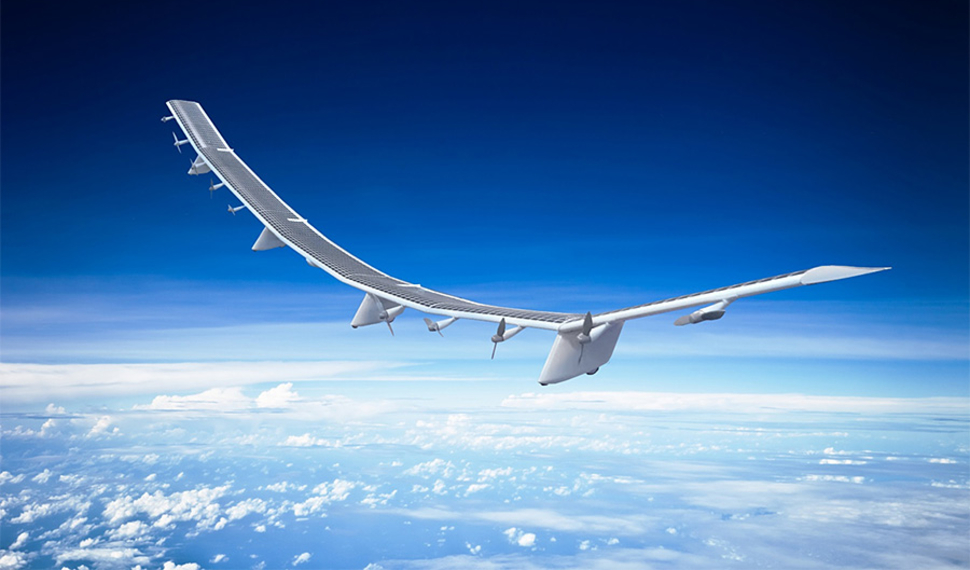

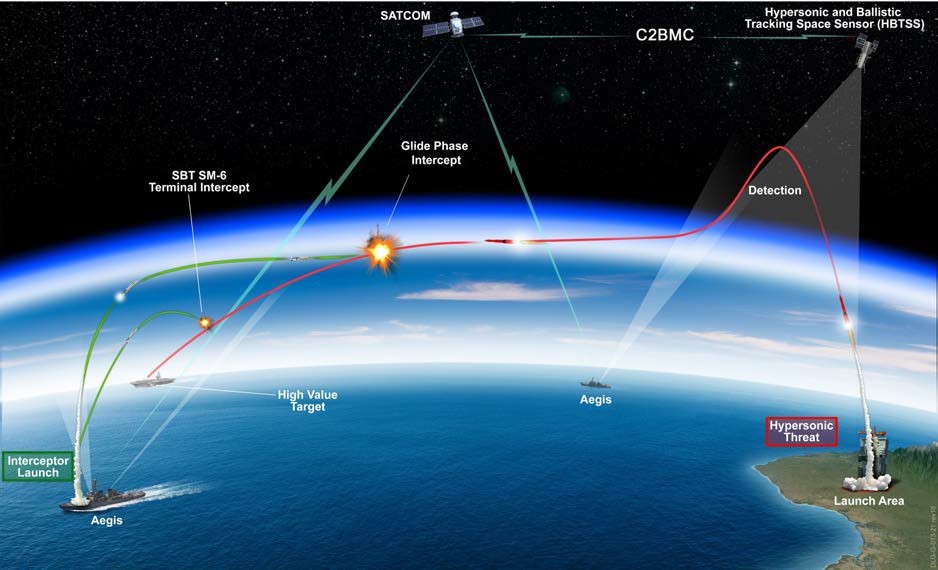
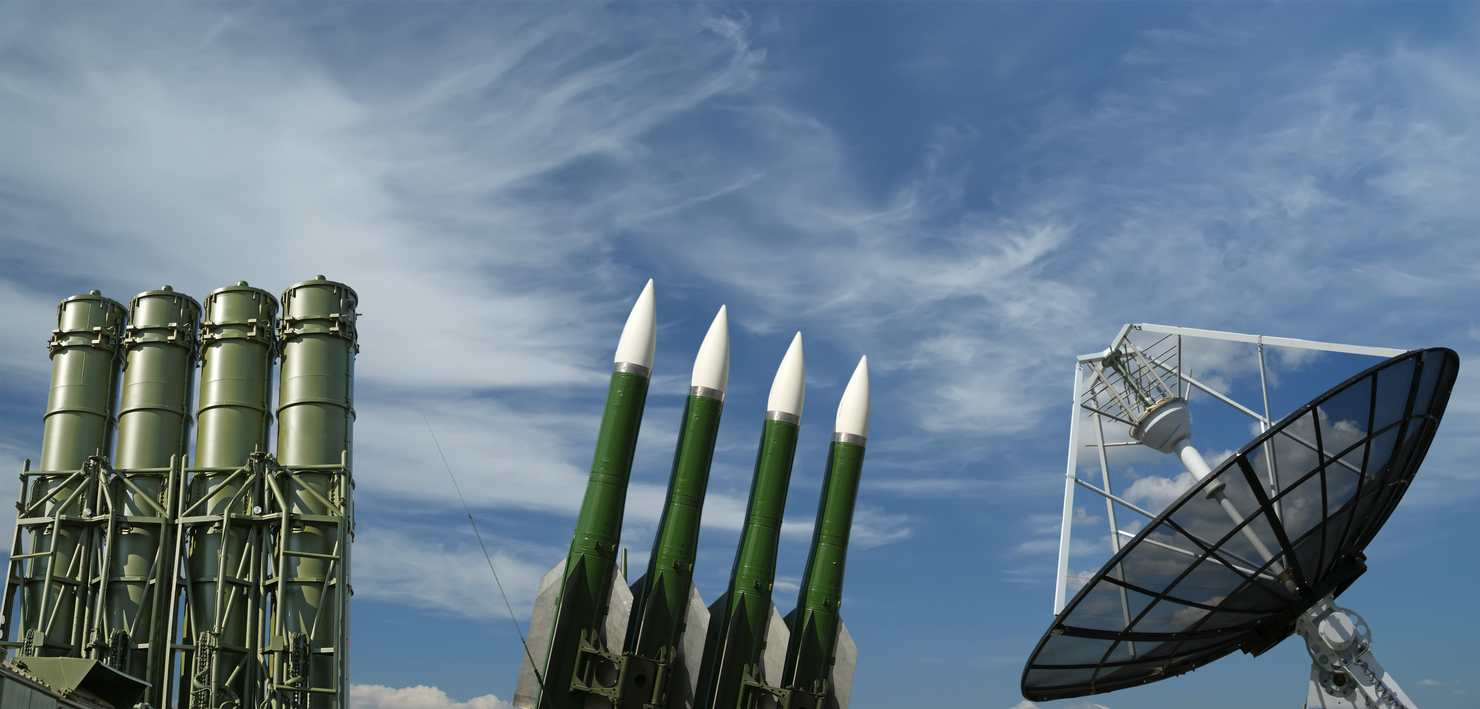


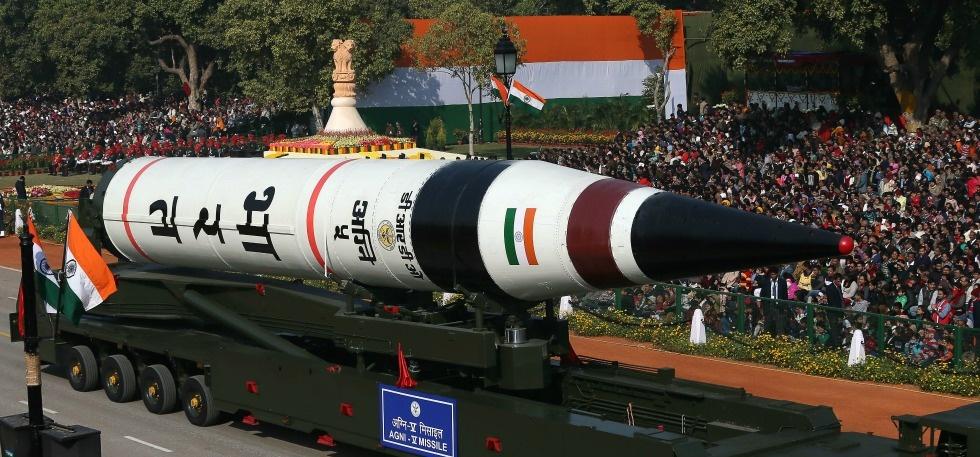







POST COMMENTS (0)